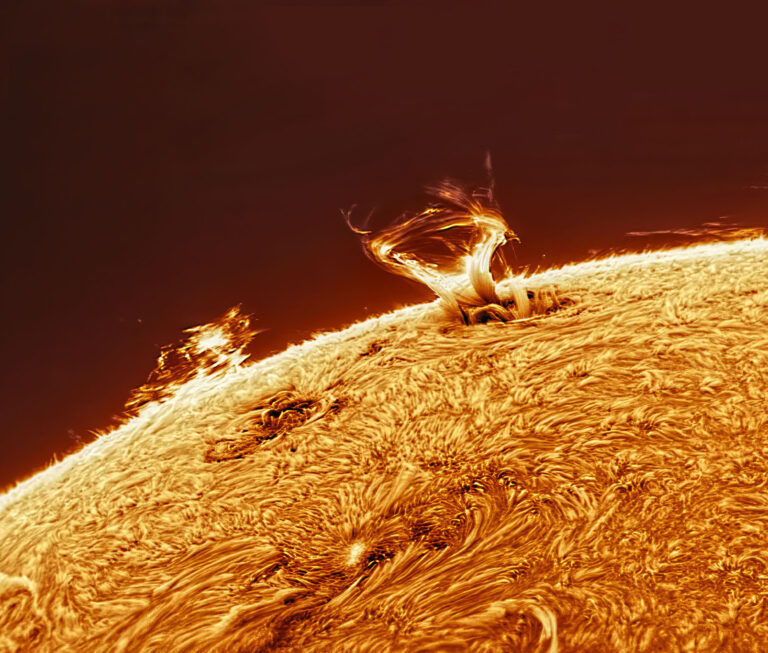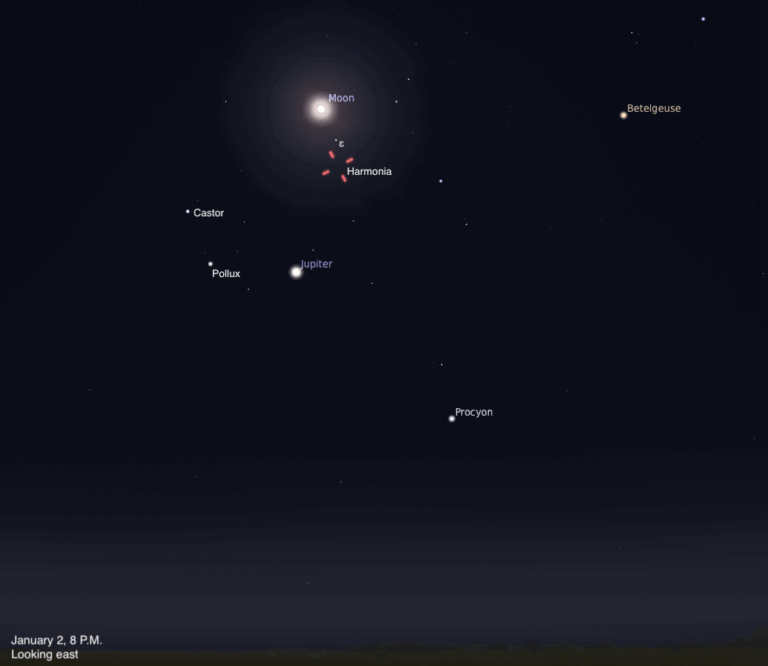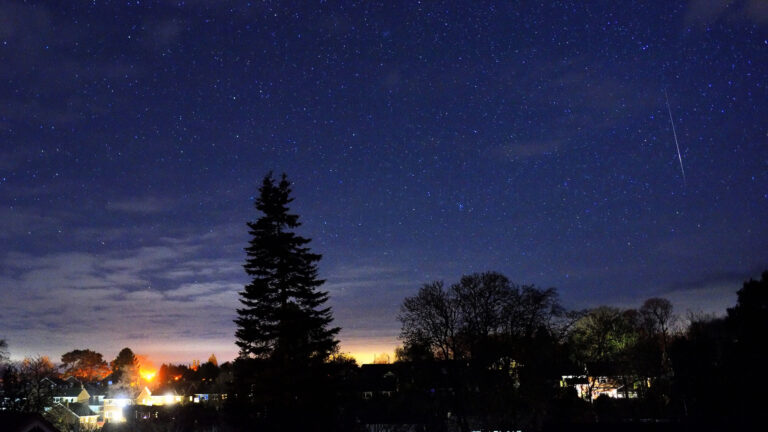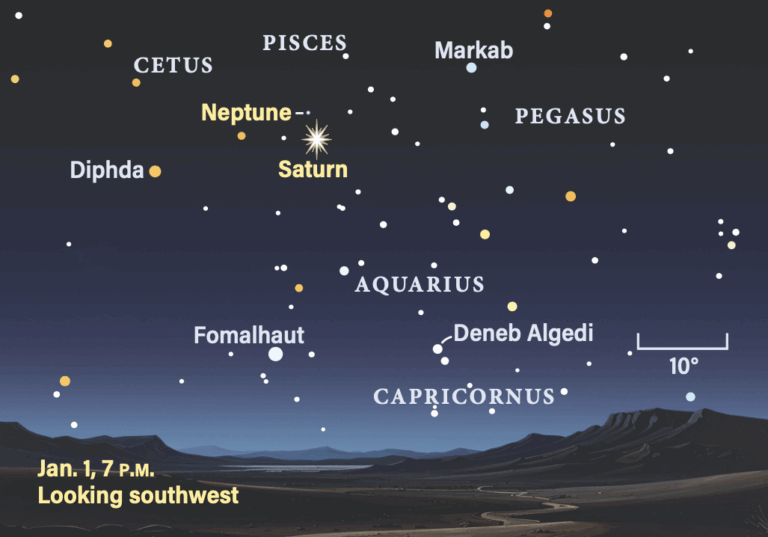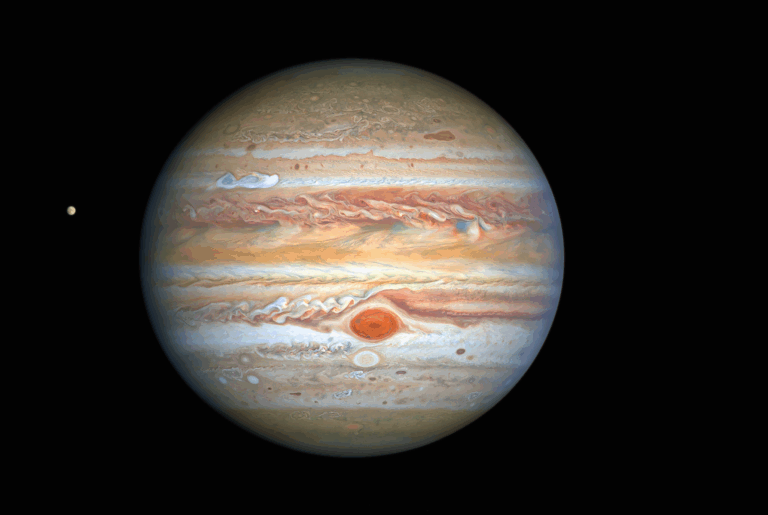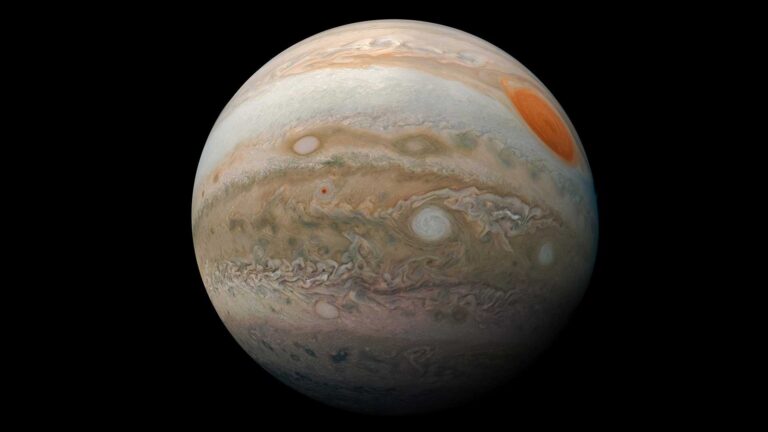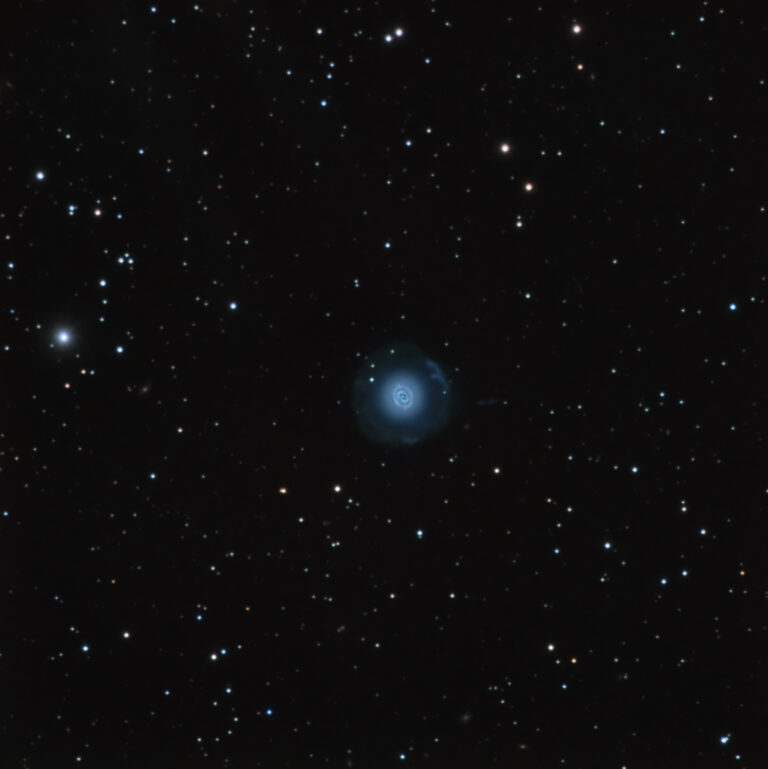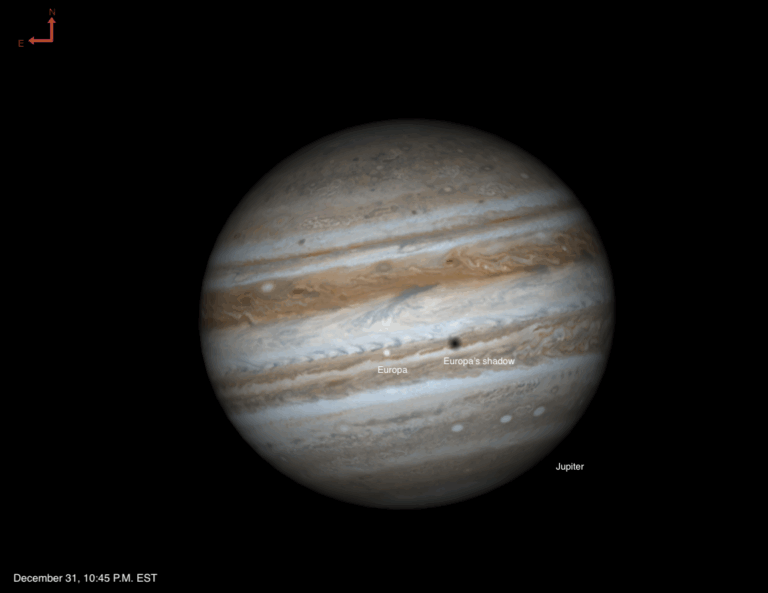Key Takeaways:
With the Moon now gone from the predawn sky, the rest of this week offers an excellent opportunity to view the zodiacal light. From the Northern Hemisphere, early autumn is the best time of year to observe this elusive glow before sunrise. It appears slightly fainter than the Milky Way, so you’ll need a clear moonless sky and an observing site located far from the city. Look for the cone-shaped glow, which points nearly straight up from the eastern horizon, shortly before morning twilight begins (around 5:45 a.m. local daylight time at mid-northern latitudes). The Moon remains out of the morning sky until November 3, when its bright light will return and overwhelm the much fainter zodiacal light.
Saturday, October 21
If you’re out enjoying the predawn darkness, you’ll likely see a number of bright streaks peppering the sky. These are Orionid meteors, which belong to an annual shower that peaks before dawn. Observers under a dark sky could see up to 20 meteors per hour shortly before twilight begins, when the constellation Orion the Hunter climbs highest in the south. (The meteors appear to radiate from a point in northern Orion.) With the Moon absent from the morning sky, viewing conditions could hardly be better this year.
Sunday, October 22
Look high in the east after darkness falls this week, and you should see autumn’s most conspicuous star group. The Great Square of Pegasus stands out in the evening sky at this time of year, though it appears balanced on one corner and looks more diamond-shaped. These four almost equally bright stars form the body of Pegasus the Winged Horse. The fainter stars that form the rest of this constellation’s shape trail off to the square’s west.
Venus appears 1.3° southwest of the 3rd-magnitude star Gamma (γ) Virginis this morning.
As the glow of twilight wanes, look a bit west of overhead and you’ll spot the three bright stars that form the Summer Triangle: Vega in Lyra the Harp, Altair in Aquila the Eagle, and Deneb in Cygnus the Swan. Deneb marks the tail of the Swan, and Albireo is its head. With a telescope, you’ll split Albireo into a double star that glows gold and sapphire-blue. But the Summer Triangle isn’t the only geometric figure in the fall sky. Look east of that starry triangle for four stars that form the main part of the constellation Pegasus the Winged Horse. Amateur astronomers call this stellar quartet the Great Square, and it’s the easiest way to find the legendary horse.
Tuesday, October 24
Go out around 9:30 p.m. local time tonight, look toward the northeast, and find the W-shaped asterism that marks the main part of the constellation Cassiopeia the Queen. Then, using binoculars, scan about 10° to the east for the famed Double Cluster (NGC 869 and NGC 884). This pair of open star clusters lies in the constellation Perseus. From a dark site, they appear as fuzzy patches to the naked eye. Any optics, especially 10-power binoculars, really bring out their glory.
The Moon reaches apogee, the farthest point in its orbit around Earth, at 10:24 a.m. EDT. It then lies 251,751 miles (405,154 kilometers) from Earth’s center.
Thursday, October 26
Jupiter is in conjunction with the Sun. It now lies on the opposite side of our daytime star from our perspective. It will become visible in morning twilight in mid-November.
Friday, October 27
First Quarter Moon arrives at 6:22 p.m. EDT. Our satellite rises in the southeast around 2 p.m. local daylight time, but it doesn’t become prominent until the Sun sets shortly after 6 p.m. (The Moon then lies due south and about one-third of the way to the zenith.) After darkness falls, the Moon’s half-lit orb appears in northeastern Sagittarius, to the upper left of that constellation’s conspicuous Teapot asterism.
Saturday, October 28
If you live in the southern tier of states, you might be able to glimpse Mercury as October ends. The innermost planet shines brightly enough — magnitude –0.4. The problem is that it rises only a couple degrees above the west-southwestern horizon 30 minutes after sunset. Use binoculars first, then, if you observe Mercury, see if you also can spot it with your naked eyes.
Asteroid 7 Iris glows at magnitude 6.9 as it reaches opposition and peak visibility tonight. Iris lies within one binocular field of Aries the Ram’s brightest star, magnitude 2.0 Hamal (Alpha Arietis). This area stands high in the east by midevening. The best way to find Iris is to look 1.5° south of Hamal and 1° south of the star Kappa Arietis, which glows at magnitude 5.0. To confirm a sighting, sketch the star field with Alpha, Kappa, and several stars south of them. Return a night or two later and identify the point of light that changed position. That “star” is Iris.





